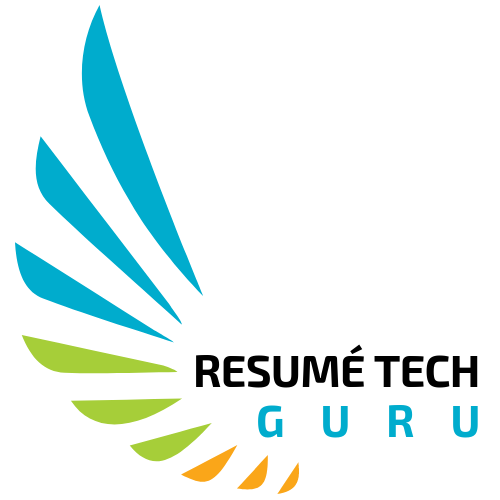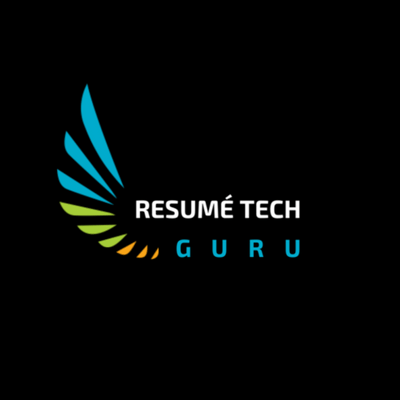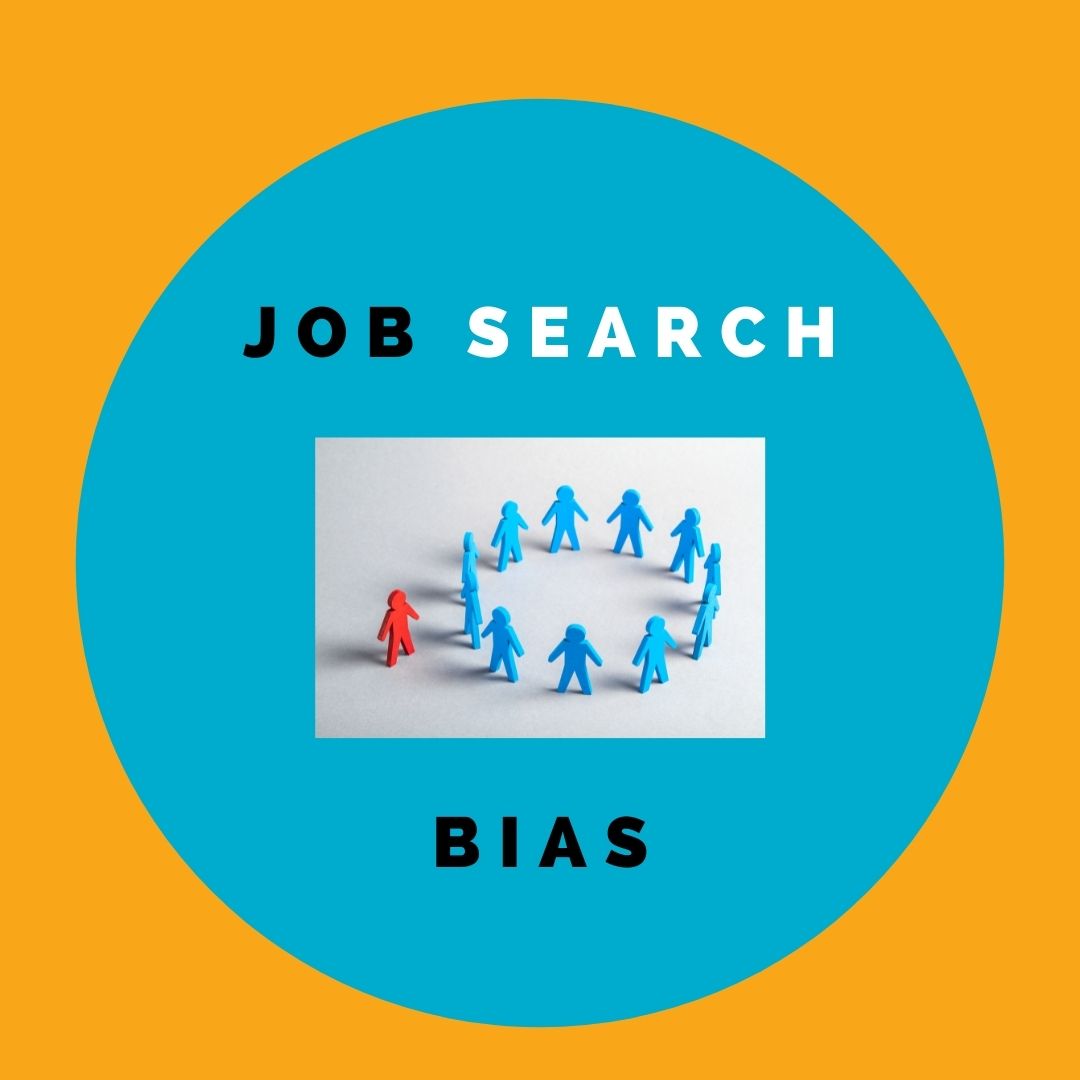I didn’t realize I was a prime target for a lawsuit.
When I was a co-owner of a corporate brand consultancy with a staff, I wore many hats, including being the de facto HR department. My business partner was focused on significant advertising business development projects with Brown-Forman, Coca-Cola, Frito Lay, and GM while simultaneously acting as the Dean of the Graduate School of Business at The University of Texas at Dallas.
The functions of recruiting, hiring, and, unfortunately, letting employees go fell squarely on my shoulders. I don’t recall receiving an education specifically about human resources when I was in business school. Perhaps I glossed over it? Since I was in my 20’s with zero experience working at a big-name corporation, I was on a steep learning curve when it came to employee matters. Back then, there wasn’t readily accessible website such as the US Equal Employment Opportunity Commission. I in essence, winged it and now cringe thinking my company could have been sued by the 2 people I had to let go due to non-performance. Unhappy people tend to retaliate with litigation. Whew, not so these instances.
Things changed when I joined Nortel Networks. At its peak during the tech bubble of 2000, Nortel reported about $30 billion of annual revenue and employed nearly 93,000 employees. I learned through our yearly HR compliance survey the do’s and don’ts of employee and employer rights. When I was hiring staff at Nortel, I had a complete checklist of what I could ask with notations regarding unacceptable questions.
I reflect on these times when my clients voice their concerns regarding age, race, and gender in the hiring process. There’s continued bias out there and headline-making stories with ensuing lawsuits.
If you haven’t focused much on diversity and inclusion, it’s time to check your understanding of your legal rights and the corporation’s policies. A recurring theme for executive clients seeking new roles is the desire for a collaborative and inclusive culture. My observation is that some companies pay lip service to the notion, there’s no real action behind the mission statement.
Age Bias
“How much of my career history should I share on my resume?” asked my client Jane*. She was slightly concerned about how her 25 years might take her out of the consideration set when applying for IoT executive roles compared to younger candidates.
That’s a repeated fear I hear from clients with long work histories at Microsoft, IBM, Intel, and Nike. They believe they’ll be passed over for the newer, shinier models out there. And no doubt it happens. I’ve witnessed it at Sprint and CenturyLink while tongue-in-cheek calling it the “gifted and talented program.” Don’t get me wrong; some were gifted. The problem was that several leaders exhibited self-inflated righteousness. It’s all about them, not the team. Do you know anyone who fits the description?
Depending on how many companies and job positions clients have attained, I’ve included 5 to 30 years of executive history. There’s a discomfort with clients in their 40’s and 50’s regarding not sharing all of their job histories. I assuage those concerns by addressing cumulative years starting at the director level within their resume summary. After all, companies are hiring you for your executive experience vs. the software coding roles you did early on in your career. Yes, those early years built the foundation, but you probably don’t want to jump into hands-on coding again. The biggest obstacle for my clients is editing career histories for highlights. I remind them that’s why they hired me; I clean out their career history junk drawer.
Working with Jane, who had an impressive 25-year career working for startups and ascending to a General Manager position at a top-ranked Fortune company, we settled on 14 years since that’s where she started a director role before climbing to her current level. The result? The resume provided 2-pages of billion-dollar successes plus IoT and digital transformation industry awards recognition.
Fast forward to 2 months later. Jane sent me a note regarding an executive recruiting firm’s request from a Japanese company they were representing. Prior to the job interview, they wanted her to provide her date of birth to validate her academic degrees, including a Bachelor of Science in electrical engineering and an MBA. She thought a graduation date should suffice and wanted to know my thoughts.
I thought it was peculiar requesting this BEFORE an actual job interview took place.
Federal law doesn’t prohibit employers from asking employees or job applicants about their age, typically appearing as a question on corporate job applications plus background checks. On the other hand, the Age Discrimination in Employment Act (ADEA) protects individuals by prohibiting discrimination against those age 40 and older. The question is, how do you remove the bias? Asking applicants for their date of birth might raise a red flag for how the company will use the information. Jane was over 40 years old, hence her apprehension.
I went into research mode. First, I checked out the executive recruiting firm, a legitimate San Francisco-based firm with 500 employees. Next, I went to LinkedIn to review the executive recruiter’s profile which was quite impressive based upon her career history and academic foundation. Then I checked the profile of the administrative assistant who was conducting this request on behalf of the search firm. The admin’s background revealed she was not an HR expert and strayed into an uncomfortable grey zone. My online journey continued as I set out to understand Oregon state laws regarding prospective employers asking about your age before being offered a role.
In October 2020, I wrote a blog about ageism. Now it was time to conduct Oregon-specific research about employment law.
Upon review, here’s what I shared with Jane:
“Career interviewing is what I consider going on a business date. Why not see if you’re interested in any of their positions before providing any information? You provide confidential details AFTER you have accepted the offer. Since you’re not purchasing a home and placing an offer requiring a need to provide age and financials, I would decline the request.
It’s against the law in Oregon to ask for age. An employer—not a recruiter—can ask after you accepted an offer. You absolutely do not have to provide. IMHO they should understand HR law better.”
If you find yourself in the same quandary, my advice is to check out your local state employment rules. Based upon what you uncover, you can suggest to the recruiter a preference for determining if the role is a good fit for both parties before giving out your date of birth.
Negotiation is about knowing your rights. It’s OK to question and say “no.” On a related topic, I addressed the touchy salary question in a May 2020 blog. The fact is that more than 50% of the states have enacted bans against asking salary questions during a job interview.
Gender & Sexual Orientation
According to Title VII of the Civil Rights Act of 1965, “Sex discrimination involves treating someone (an applicant or employee) unfavorably because of that person’s sex, including the person’s sexual orientation, gender identity, or pregnancy.”
When I was in marketing roles, my hires tended to be females based upon their affinity for that career pathway. Although I also hired males, I didn’t really think about gender since HR provided a list of talent available related to the job requirements interested in my job postings across Kansas City, Dallas, and Reston, Virginia. That’s why I can understand the female gender gap in tech engineering and computer roles. There’s a larger pool of male talent receiving computer science and engineering degrees. The challenge is how to vet the best candidate without gender bias.
According to a 2020 Statista report: “women hold 26.5 percent of executive, senior-level and management positions in S&P 500 companies – a percentage many tech companies match or exceed, but one that is still far from parity.” This report further notes that the female population at Microsoft is 28% while almost double at Amazon at 42%. As a female, if the percentage is low, you can view this as an opportunity to make a difference in building a culture of inclusion or reflect that this isn’t your tribe to join. I’m fortunate to be acquainted with trailblazers at Amazon, IBM, Microsoft, and Nordstrom—male and female—who are chipping away at the divide through mentorship, coaching, and opportunities.
According to Catalyst’s best estimates for the Lesbian, Gay, Bisexual, and Transgender (LGBT), the population is 4.5% in the US, 3% in Canada, 2.2% in the UK, and 10% in Japan. A Catalyst 2021 research study of Fortune 500 companies indicates that non-discrimination policies that include sexual orientation fall below the 100% mark. As a matter of fact, 4% aren’t beholden to these policies. You can access a corporate website to check if they support an employee resource group or diversity council that includes LGBTQ and allied employees and programming. If they don’t, perhaps not your cup of tea.
Race
Since I identify as a white female, I will never fully comprehend my non-white friends, clients, or colleagues’ race discrimination. My informal education arrived with my friends along the way that shared stories and injustices. Volunteering for Dress for Success, which supports all women regardless of race and age, I’ve heard testimony about obstacles related to the color of their skin or when English was a second language. I haven’t walked a mile in their shoes to understand the full ramifications, but I have seen the results. My education continues.
For example, I asked my client Rajneesh why he didn’t have a LinkedIn profile photo.
His response, “Recruiters won’t reach out to me because of my turban. I’m concerned about discrimination.”
After my jaw dropped, I told him, “When you get on a Zoom video, they’ll find out what you look like. Why not rule out that type of company if they aren’t inclusive of your personal attire?”
He hadn’t thought of that way. Yes, interviewing is a 2-way street; go where you vibe with the culture. I’m proud to say his profile now has a smiling turban-sporting Avatar which looks fantastic! After 3 years at Facebook and 12 years at Microsoft, he landed a Director-level job at a $70MM funded startup.
Thinking back, I had a similar discussion with a friend I met while volunteering regarding her name tipping off her racial identity. Closer to home, I had a family member who changed their last name to an Anglo-Saxon name with the rationale it was easier to pronounce in business dealings. It appears names seem to be lightning rods to some people. I was delighted to be married for the alliteration “Monique Montanino.” My maiden name was “Vrinds.” But boy howdy, those 2 first letters were a pronunciation hazard for most. Tip, it starts like “vroom” and sounds similar to “friends.”
Understanding Potential Company POV
I recommend reaching out to current employees regarding their views on the culture. I did so last year when interviewing with a work transition company that had reached out for me to join as a contract coach. After searching their LinkedIn corporate profile, I identified a person in a similar role. Next, I dropped her a customized email acknowledging aspects of her background that resonated with me, requested a 15-minute call or Zoom, and provided 5 questions in advance. She responded within 24 hours, and we had the call, which helped me understand the corporate culture. It turns out I would not have been treated as a valued employee, more like an arms distance hourly grunt. No, thank you since those days are in my rear view mirror.
Plus, as I mentioned previously, you can view the company’s website and check if diversity and inclusion are part of their vision or mission statement. Some companies like Amazon have entire sections of their website highlighting all their initiatives and indexes. They note the Human Rights Campaign’s Corporate Equality Index (glamazon, love that name, has 60 active chapters) and a Disability Equality Index (90/100 score in 2020). Amazon conducted a global survey to arrive at their unique take on inclusion: “Being valued, trusted, connected, and informed so that we can deliver the best results for our customers.” Not quite delineating inclusion and diversity, but no one checked with me.
There are several sites you can check for crowdsourced opinions, such as Glassdoor and Fortune’s “100 Best Workplaces for Diversity.” I came across a newer site when checking out my former corporate alma mater, Lumen (formerly CenturyLink). It ranks in the bottom 20% of other companies with 10,000+ employees based upon a Comparably for Diversity Score when I checked in June 2021. It was based on a small sample size of 277 employees scoring the company 56/100 across various culture categories.
The bottom line, it will behoove you to obtain continuous education regarding diversity inclusion. Knowledge is power, don’t be a lawsuit in the making like my former young self. And seek a culturally diverse and inclusive tribe that will bring you joy.
Land your dream job; you deserve it!
* All names changed to protect client confidentiality



